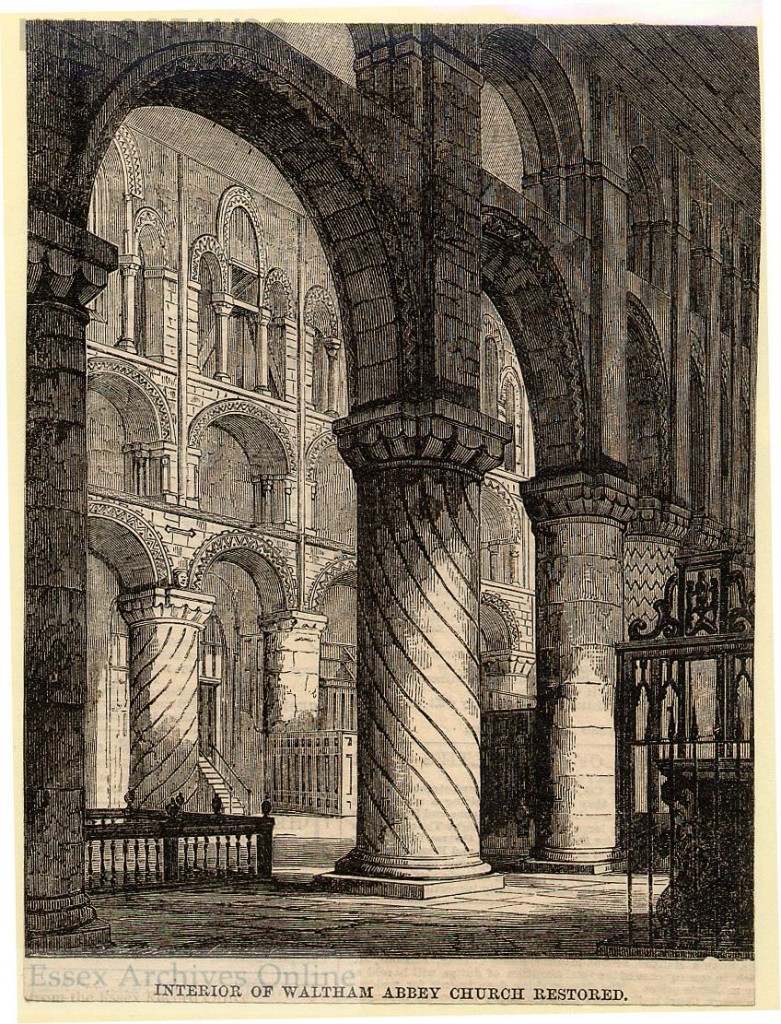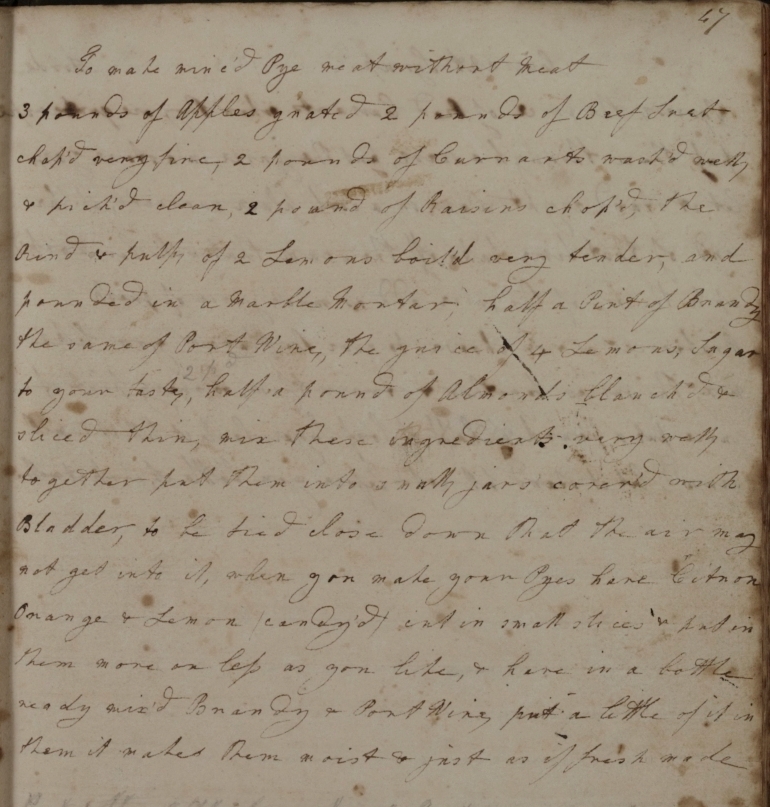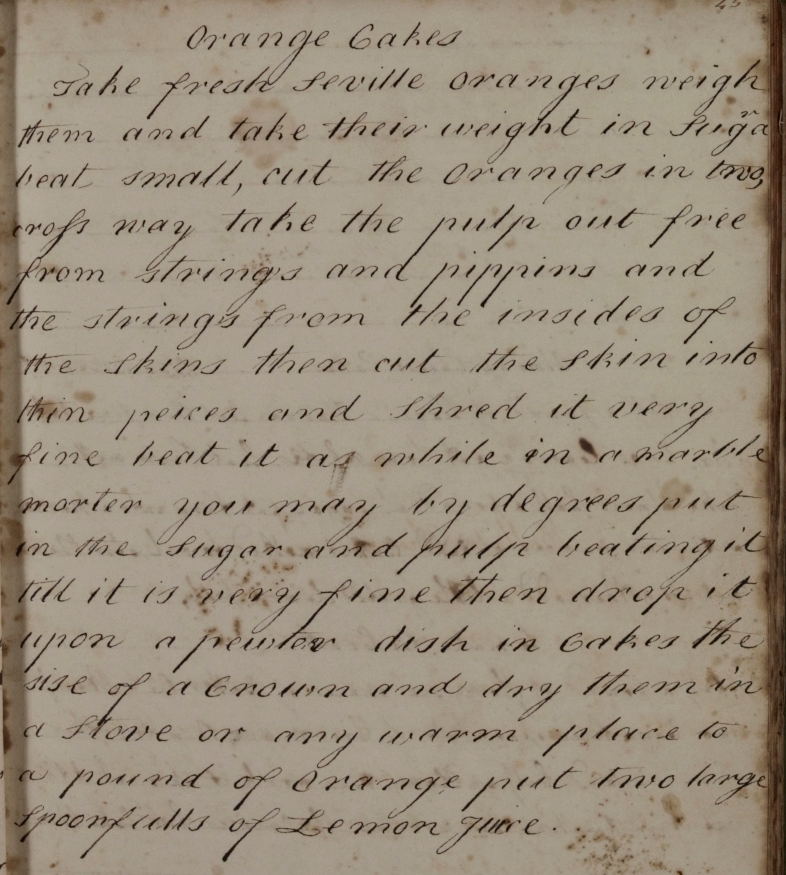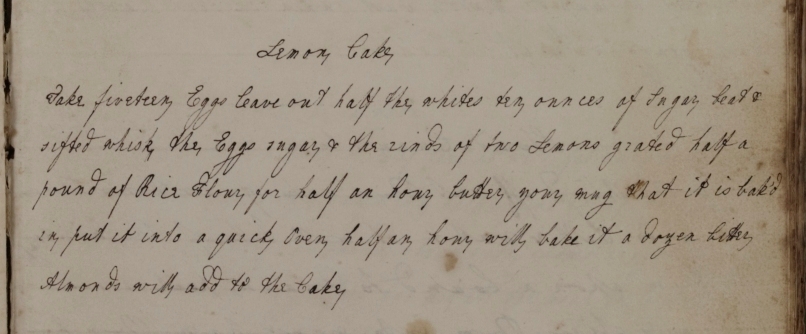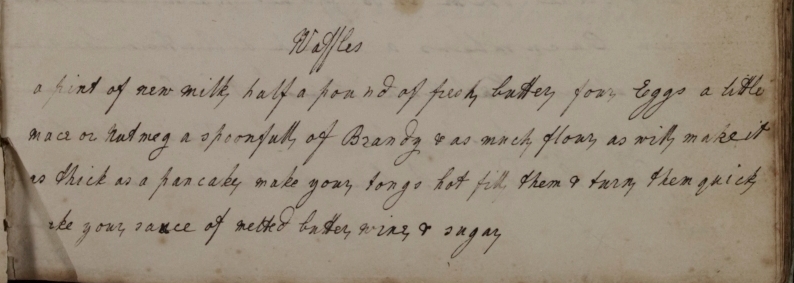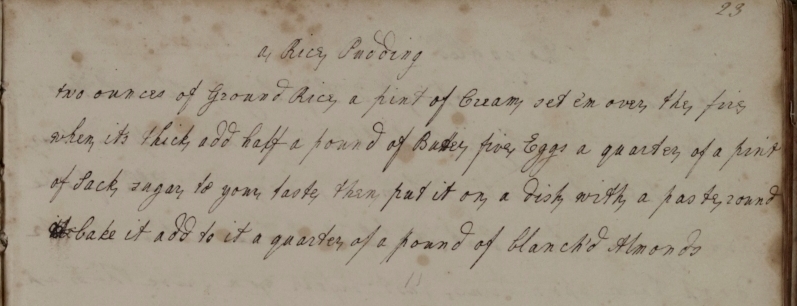In the run up to Magna Carta: Essex Connections we take a more detailed look at the Essex connections of Hugh de Neville, a friend of King John who eventually rebelled against him.
Hugh de Neville appears a witness in the royal grant of 2 May 1203 that we hold here at ERO (D/DB T1437/1). He was King John’s Chief Forester, one of the great officers of state, and is named in Magna Carta as one of John’s officials – the men whom the chronicler Roger of Wendover referred to as the king’s ‘evil councillors’. One of the aims of Magna Carta was to curb the powers of royal positions such as Chief Forester.
Before John’s reign, Hugh de Neville had served briefly under Henry II, then throughout the reign of Richard I, fighting with him on the Third Crusade. The Essex historian Revd. Philip Morant records that ‘he performed a valorous exploit, by shooting an arrow into a Lion’s breast, and when he rose against him, catching him by the beard, and running his sword into his heart’. This feat was represented on his seal.
Hugh was given lands by both Richard and John, many of them in Essex. Over time he acquired the manors of Langham, Wethersfield, Little Hallingbury and Abbots in East Horndon and served as sheriff of Essex, 1197-1200 and 1202-1203.
Despite being on friendly terms with King John for most of his reign, de Neville appears to have suffered as a result of John’s philandering. John had a reputation for forcing himself on the wives of his courtiers. A French chronicler wrote that he was ‘too desirous of fair women … by which he brought great shame upon the highest men of the land, for which he was much hated’. A chronicler in Yorkshire wrote of John that he ‘deflowered the wives and daughters of the nobility, spared the wives of none whom he chose to stain with the ardour of his desires’. The Oblate Roll for Christmas 1204 recorded that Joan ‘the wife of Hugh de Neville gives the lord King 200 chickens that she might lie one night with her lord’ (i.e. paying the King to allow her a night with her own husband).
John moved quickly to rescind the Magna Carta and the rebel barons invited Prince Louis of France to take the English throne. Louis arrived with an army in May 1216, and this is when de Neville finally abandoned John and joined the rebel barons. When John died and his son became Henry III, de Neville pledged his loyalty to him.
De Neville died in 1234, and was buried in Waltham Abbey.
There is more to come in our Magna Carta series, but in the meantime get in touch on 033301 32500 to book your ticket for Magna Carta: Essex Connections.
Magna Carta: Essex Connections
To explore the significance and legacy of this famous document, both nationally and for Essex, join us for talks from:
- Nicholas Vincent, Professor of Medieval History at the University of East Anglia, who has been leading a major project researching the background to Magna Carta
- Katharine Schofield, ERO Archivist, on Essex connections with Magna Carta and the impact it had on the medieval county
Saturday 23 May, 1.15pm for 1.30am-4.15pm
Tickets: £8, including tea, coffee and cake
Please book in advance on 033301 32500


